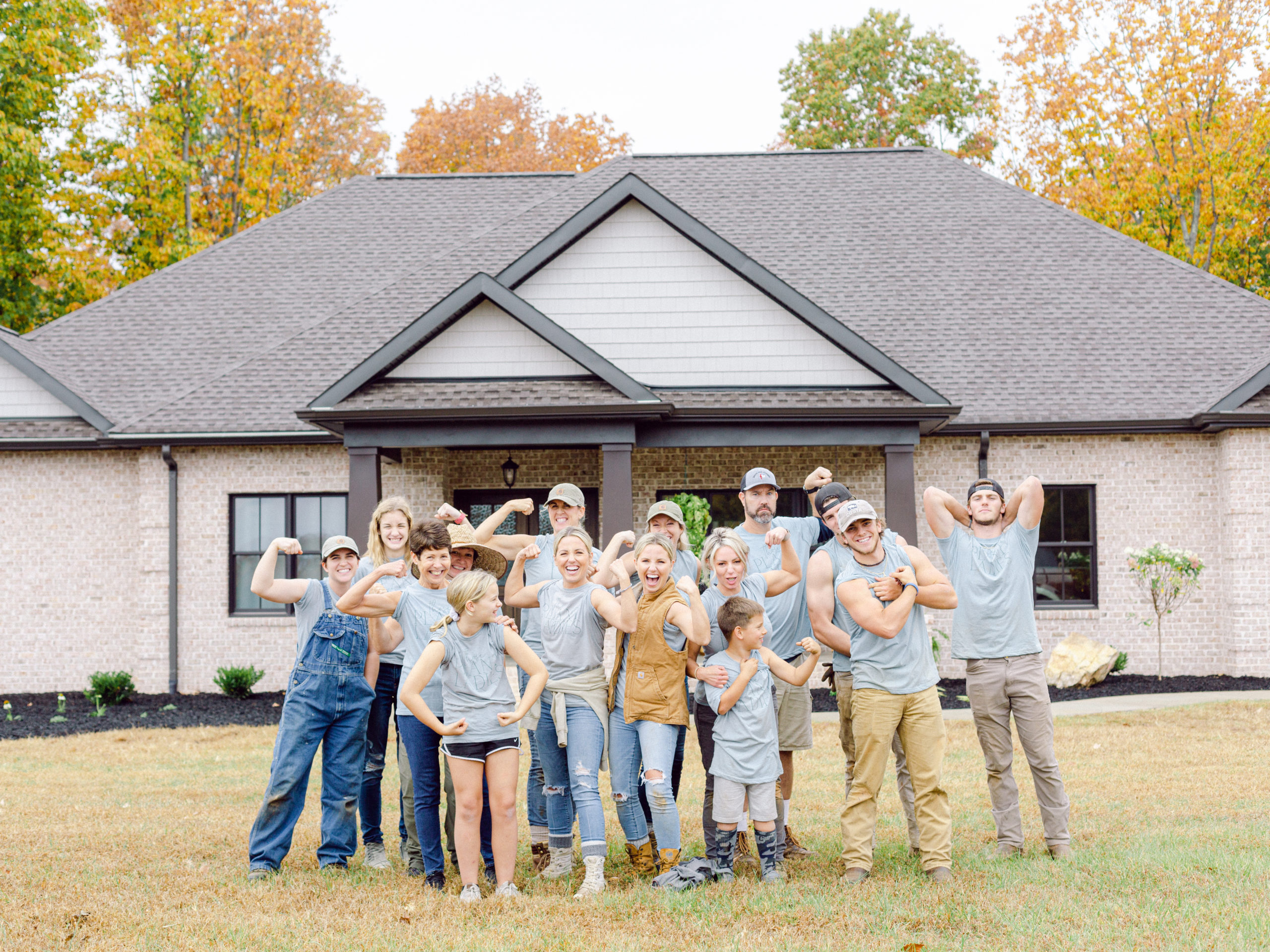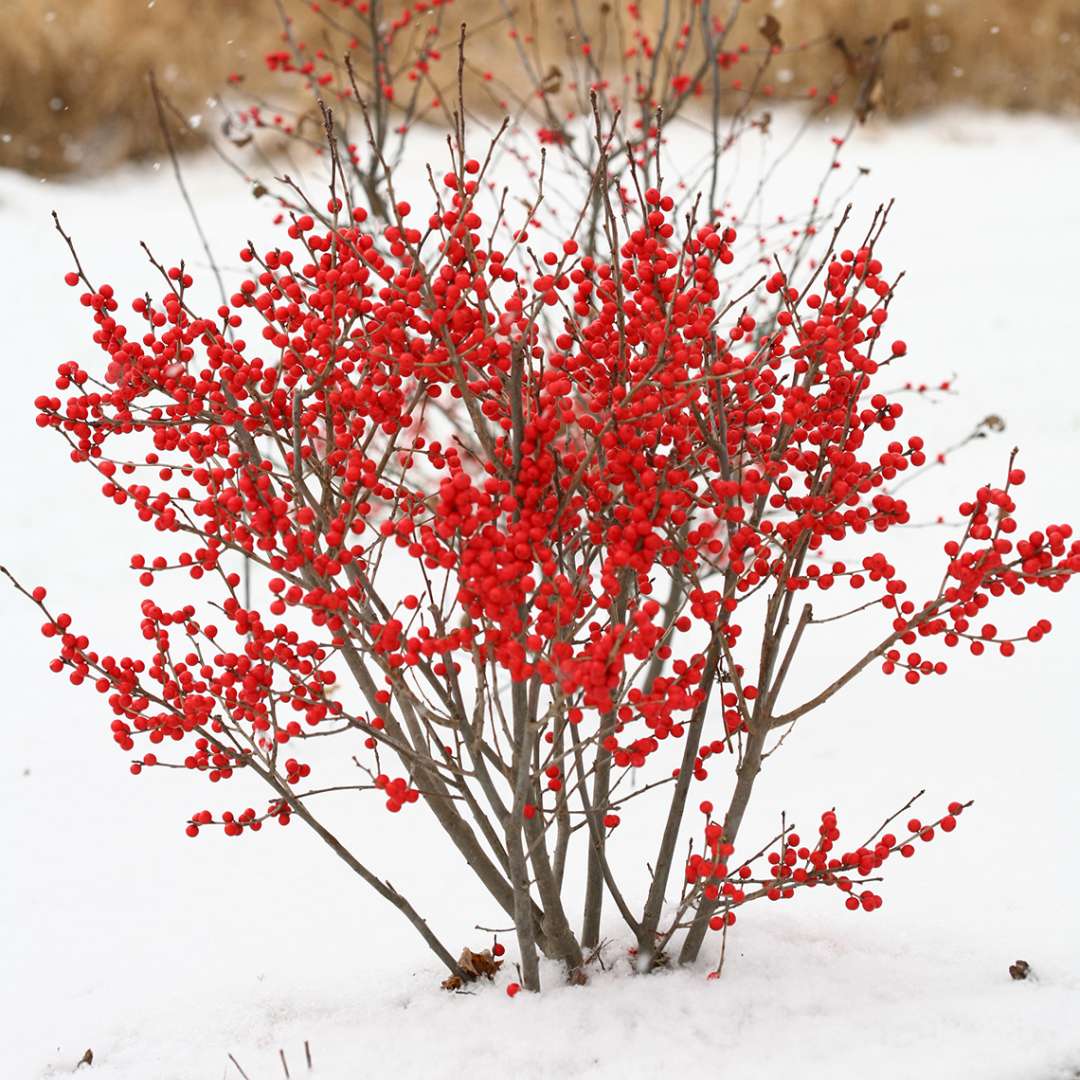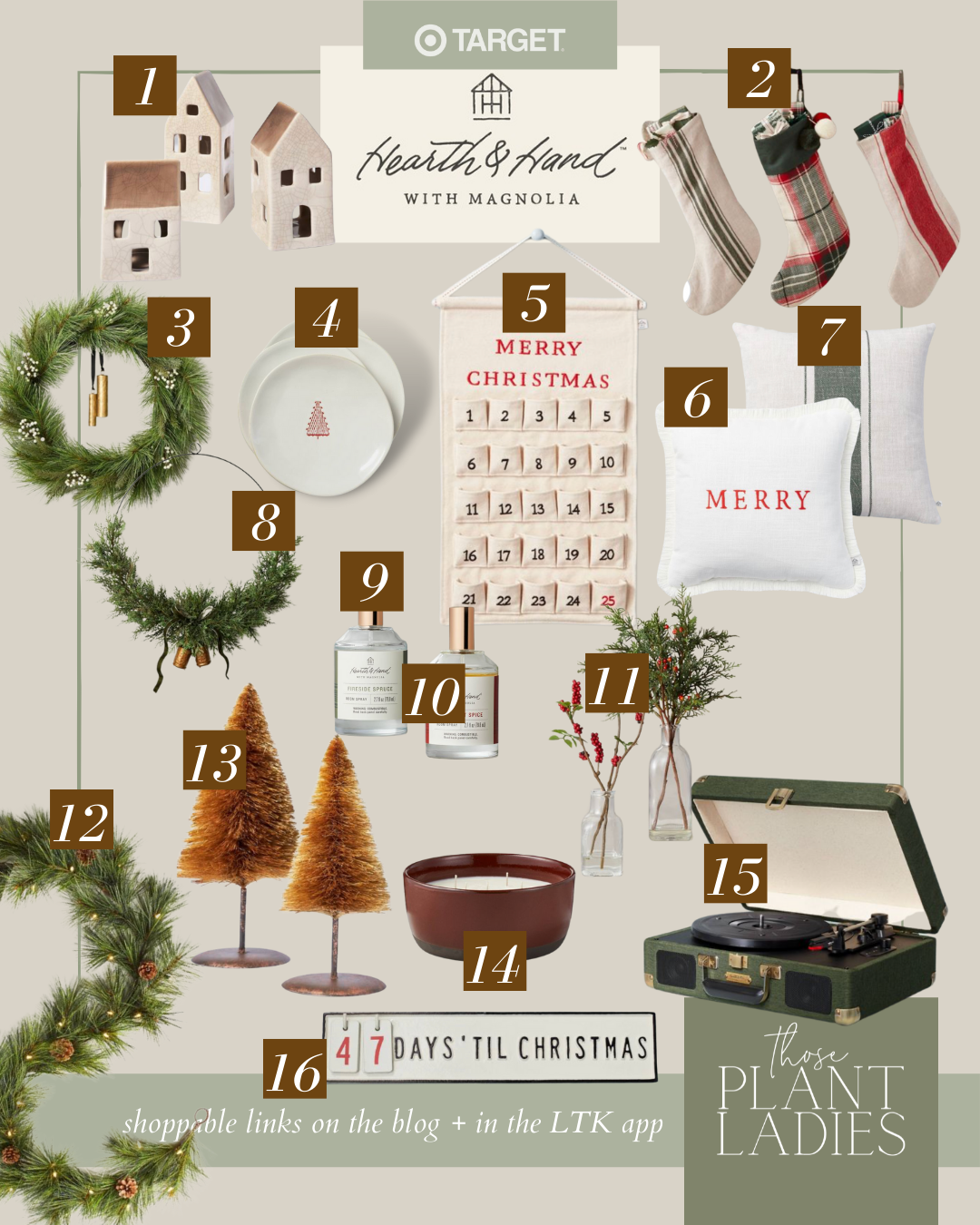Chances are, you inherited some kind of grass when you moved into your home. Sometimes it is the right kind of turf, sometimes it isn’t, and sometimes it’s just a whole yard of weeds! No matter which situation you are in, you still need to reseed your lawn regularly and that means choosing a type of turfgrass you want growing in your lawn!



If you want a lush, green, gorgeous lawn, it’s really important that you choose the right kind of turfgrass for your lawn. You might be thinking, isn’t all grass the same? Are there really that many choices? While there are a lot of choices out there, it doesn’t have to be a complicated process. We’re here to help you determine what kind of lawn you already have and what type of grass will be best for your lawn!
RELATED POST: Everything You Need to Aerate, Seed, and Fertilize Your Lawn This Fall
There are two basic categories of turf for lawns based upon the temperature they grow best in: cool season and warm season. Knowing whether you have cool or warm-season turf is key to determining what care your lawn needs and when. Cool-season turf is maintained very differently from warm-season turf.
Cool season grasses grow best when temperatures are between 60°F and 75°F. Bentgrass, fescue, ryegrass, and Kentucky bluegrass are all considered cool-season turfgrasses.

Warm-season grasses grow best when temperatures are between 80°F and 95°F. Warm season grasses include bermudagrass, zoysiagrass, centipede grass, and St. Augustine grass.

The diagram below helps to show which type of grass grows best in your geographical area. In the transition zone, both cool and warm season grasses can be grown but there are drawbacks to each type of grass in this area. For example, when a warm season grass is grown in the transition zone, it’ll thrive in the heat of the summer but turn brown in the winter. Cool season grasses will remain green in the winter but will have slower growth during the hottest days of summer. If you live in a transition zone, it’s possible to keep a green lawn throughout the year by overseeding a warm-season lawn with a cool-season seed in the fall.

Understanding which category will grow best in your region is the first step to choosing your turfgrass. There are some other factors about your lawn that will need to be considered other than just the growing region. How much sun does your lawn receive? How much traffic does your lawn get? Are the kids playing on it every day or are you just viewing it through your windows? Is the soil wet, dry, sandy, or full of clay? Does your growing region have certain diseases or insects that regularly damage lawns? These are all factors that impact the health of your lawn and you want to choose a grass that matches your growing situation. (If you’ve read our blog posts in the past, you know we are all about choosing the right plant for the right place. Yes, this even applies to turfgrass!)

We mentioned several types of grasses within each category of cool and warm-season grasses. Each of these types will have different characteristics. Some will tolerate foot traffic better than others. Some will tolerate shade better than others. Some will tolerate drought or disease better than others. We highly recommend visiting your state or county cooperative extension webpage to find resources on growing turfgrass in your region. The cooperative extension services, operated by each state’s land grant university, perform research on many varieties and species of turfgrass to determine which selections are most suited for your climate and usually assign them a rating for features like traffic tolerance and shade tolerance. Once you know what growing region you are living in and what characteristics you need from your turfgrass, using these local resources to select the turfgrass that is going to best suit your needs for your lawn will help you make the best selection for a greener and lusher lawn!









